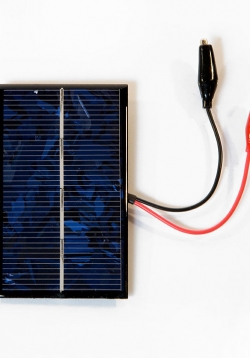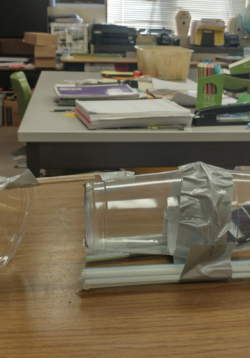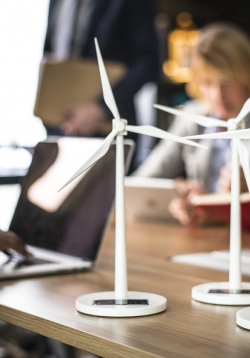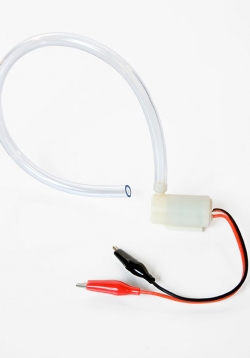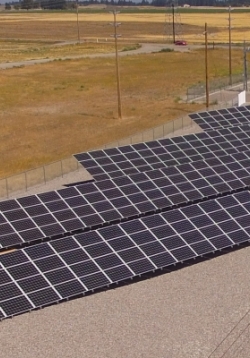Collect Data...Then Compare and Contrast
Students will race different iterations of solar cars: geared and pulley-system cars using varying gear ratios. Students will have the opportunity to make predictions, record data, and explain the results centered on the selection of these different...



